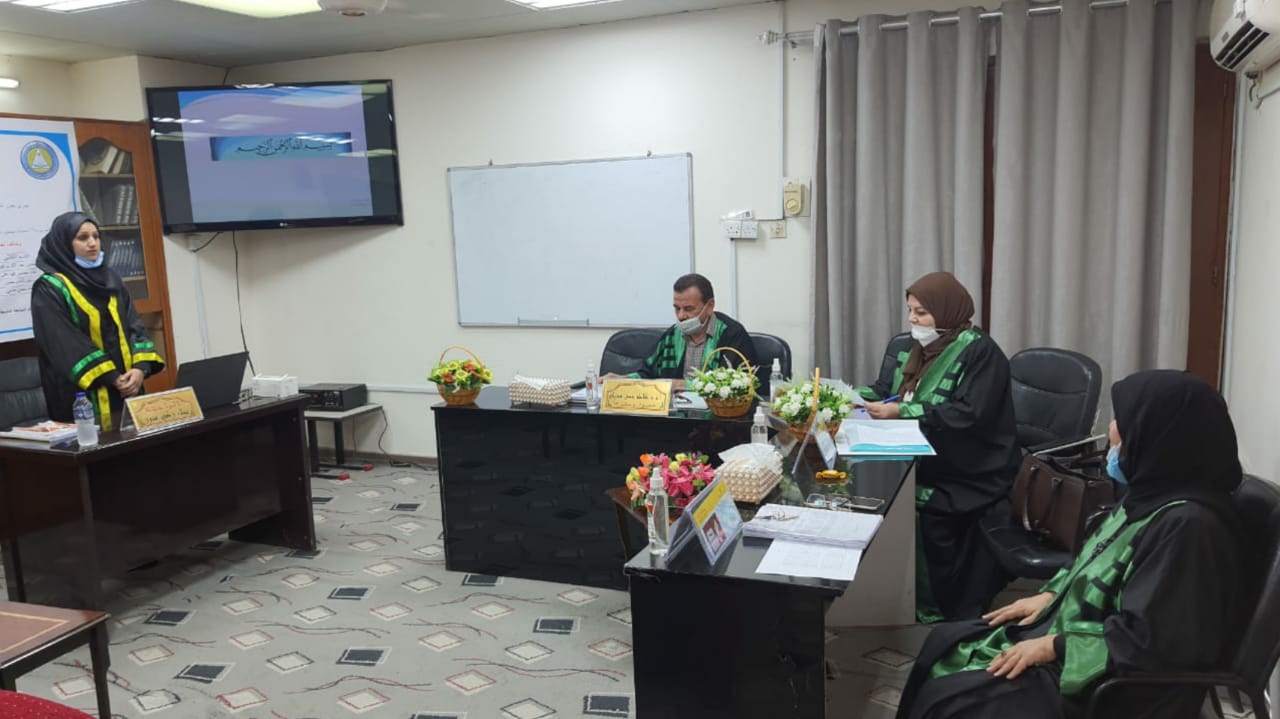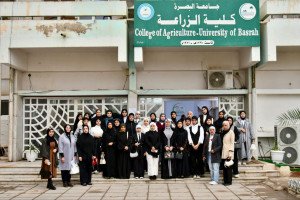
A master's thesis at the College of Agriculture at the University of Basra discussed the effect of the response of two cowpea cultivars to bacterial inoculation and fertilization with iron and boron. The thesis of researcher Naglaa Zaki Munawwar Al-Saadi included a study of ground application of iron fertilizers (equivalent to 4 kg Fe ha in the form of 6% FeEDDHA) and boron (equivalent to 1 kg B ha in the form of boric acid), and their addition together, as well as the treatment of non-addition of fertilizers and two types (Dutch Ramshorn and American Max ) of the cowpea. The results of the experiment came to The Dutch cultivar Ramshorn outperformed the American cultivar Max and recorded the highest yield per kg hectare, respectively. The treatment with the Rhizobine vaccine was also superior in giving the highest rates of the number of root nodes per plant, the number of seeds per pod, and the seed yield (kg hectares) compared to no pollination. The treatment of fertilization with iron and boron together was significantly superior and gave the highest average number of seeds in the pod and seed yield kg ha, which differed significantly from the treatment of adding iron and boron together. The thesis aims to study the effect of fertilization with iron and boron and inoculation with rhizobia on the number and weight of root nodules and on the growth and components of the yield and yield of two cultivars of cowpea. The letter recommended planting the Dutch variety "RAMSHORN" in the study area with the use of bacterial vaccine and fertilization with iron and boron together. It also recommended conducting studies on the use and experience of iron and boron and in the form of nano-fertilizers. 







